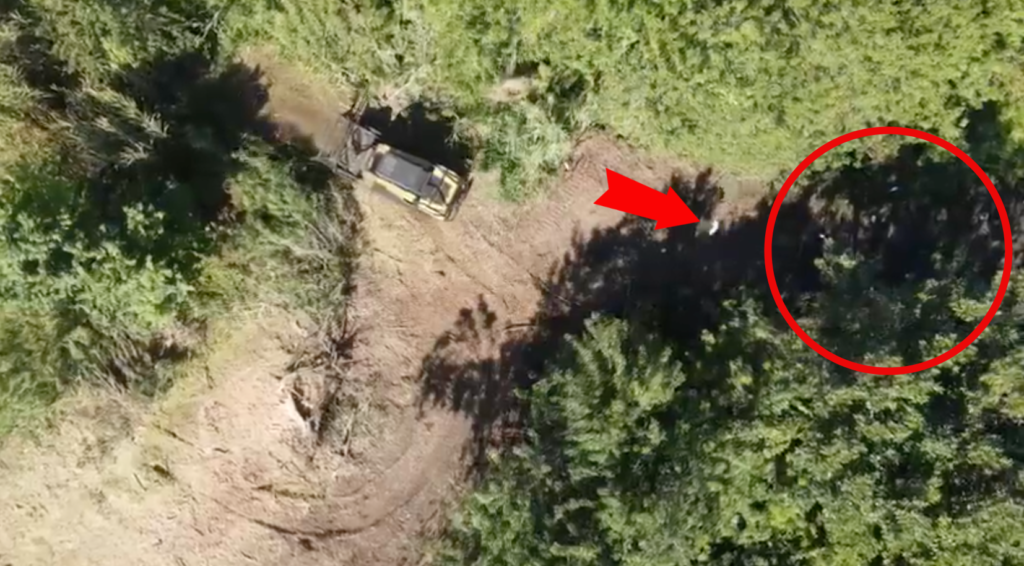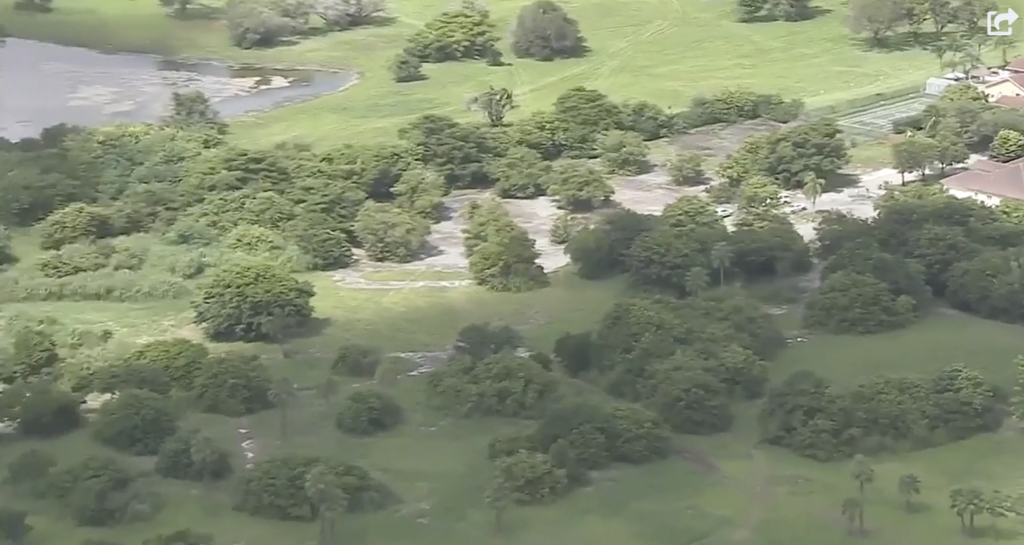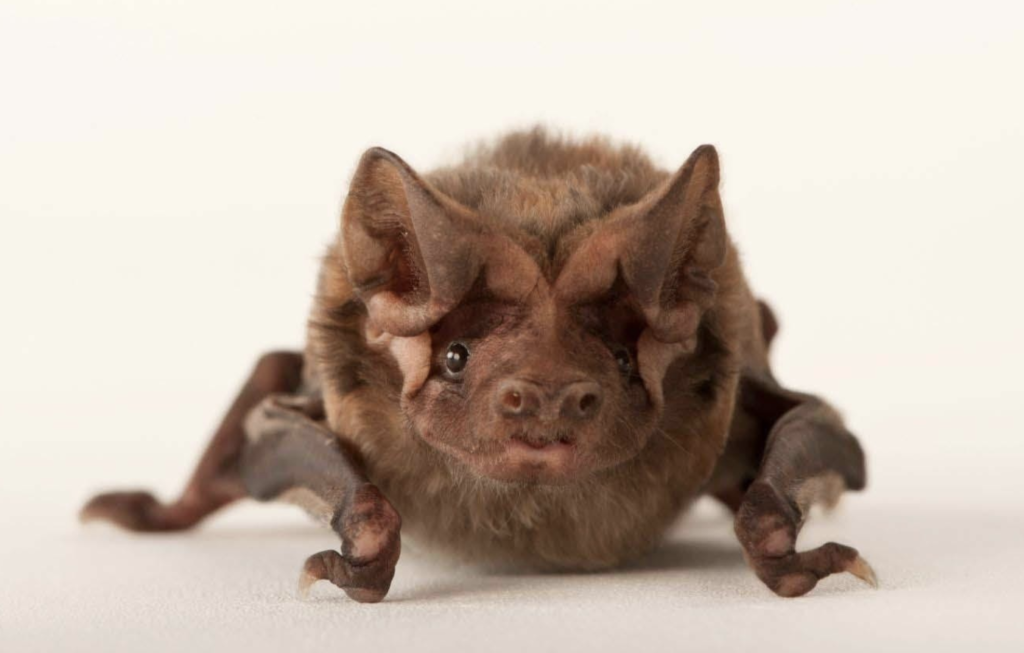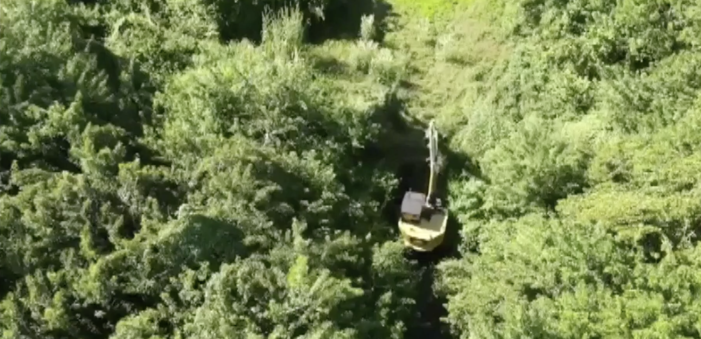Birds seen scattering and confused by deforesting in second day video
Two weeks after the Miami-Dade Commission approved a zoning change from parks and recreation to high density residential — and four days after Mayor Daniella Levine Cava promised protections above and beyond for threatened and endangered species living there — a drone captured video Wednesday of heavy equipment ripping trees from the ground at the abandoned Calusa Golf Course.
It was quickly shared on social media where the Save Calusa grassroots organization — has 30 days to appeal the decision and has filed an ethics complaint against Commission Chairman Jose “Pepe” Diaz — alleging that there was not the required notice for the hearing — has taken their fight to the court of public opinion. They’ve even opened a GoFundMe account to help pay for legal costs.
And, just as quickly, county officials moved to respond to questions about it, saying nothing nefarious was going on.
“As soon as we were alerted to this issue, DERM staff inspected the site and confirmed the property owner was doing a limited removal of Brazilian pepper, an invasive exotic, to access areas for environmental testing like soil sampling — testing required by the permitting process,” the county’s RER department said in a statement.
“DERM is actively monitoring this site to ensure all environmental regulations are followed during the permitting process, and will continue to visit the site as needed to ensure no violations are occurring.”
Read related: Calusa veto never came, but Miami-Dade’s Alcaldesa promises ‘protections’
But how do we know that there are no Florida bonneted bats, an endangered species, roosting in those invasive trees? How do we know there are no tri-colored or little blue herons — threatened Florida birds also protected by law — nesting nearby?
We don’t. In fact, a second drone video taken by the same concerned neighbor on Thursday shows several birds that look like egrets landing in and walking around the cleared area — like they’re looking for something they’ve lost. Their homes? Are they going to fly away and never come back? Is that what the property owner and developers wanted all along?

They are desperate to displace as many birds as they can before before an appropriate environmental study is done during the peak nesting season — and not intentionally outside that time period, like they did and never really owned up to or answered for because nobody at Miami-Dade holds them accountable.
Instead, they trip all over themselves providing excuses.
“What is happening there is part of a clearing of an invasive species,” Levine Cava told WPLG Local 10. “It doesn’t have anything to do with the development and it’s approved and being supervised.”
Read related: Miami-Dade Commission votes to kill Calusa preserve for Kendall developer
Invasive species? Do owls and bats and herons know it’s an invasive species? And guess how many invasive species there are in Florida? Too many to list here but some are the Australian Pine, the Melaleuca and Camphor trees, the Old World climbing fern, the water hyacinth, the Japanese honeysuckle, the Lantana, the rosary pea. Can all that be removed because it’s considered invasive?
Yes, and apparently without permits, according to a DERM spokeswoman.
“It’s possible that they need to clear some of it for the testing, but the question is what’s the rush,” asked Amanda Prieto, the leader of the Save Calusa tribe. She cannot believe that after the county commission ignored their pleas to save the natural preserve of 168 acres and the mayor promised to ensure an appropriate wildlife study, the developer can simply roll a few bucket trucks onto the property and tear things up.

It’s like the developers are intentionally skewing the study. Would they do that? Remember, these are the same people who did the rookery survey outside of nesting season; the same people who said the people in red shirts who went to speak in favor of the 550-home development weren’t paid, when their six figure settlements depend on a zoning change.
“You gave us one thing. One little thing. You said you would do the environmental survey before any work was done and that DERM would oversee it,” Prieto said, as if she were pleading with Levine Cava and the developers. “Just do that please. Check all the trees and if there’s nothing, there’s nothing. But it has to be done appropriately.
“Nobody has asked them why they didn’t do it right the first time,” Prieto told Ladra. “They shouldn’t just get a free pass on that. And our biggest question is what else did they miss? They missed an entire rookery with nesting birds, what else did they miss?
Read related: Developers plans to build 550 homes hurts imperiled birds, endangered bats
“It’s really frustrating that they didn’t ask those questions,” she said of the commissioners.
Actually, why are the Calusa residents doing the job of our public servants.

“If it weren’t for concerned residents, no one would have known about the endangered birds and bats that make their home on the site,” said attorney David Winker, who represents the Save Calusa homeowners. “And once again, it is Calusa residents forcing the county to hold GL Homes to its obligations.
“We need the county to step up and do its job.”
The whole thing stinks of guano.
One type of survey they can do is an emergence survey, by going at sunset when the bonneted bats emerge from their roost, which helps narrow down which trees to focus on.
“Sure it’s time consuming, but let us have access,” Prieto said. “We’ll get someone to do it.”
She better not hold her breath. In fact, she’s waiting for a cease and desist letter to be delivered any day now asking for the drone to be grounded.
“They’re not going to like that we’re watching.”

